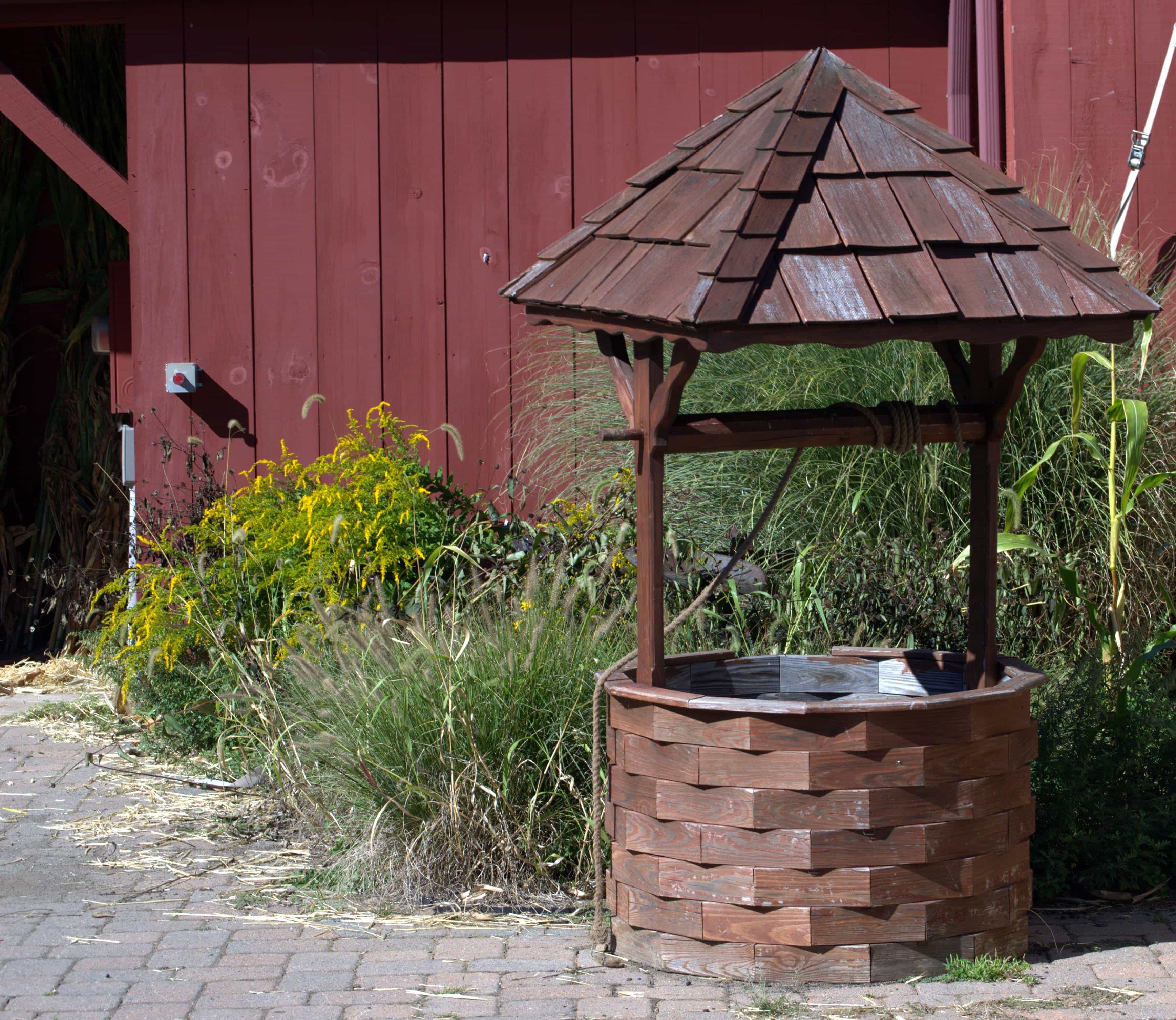
Over 15 Million U.S. Households rely on private, household wells for their drinking water. Privately owned wells are not regulated by the EPA and therefore it is solely the Homeowners responsibility to test their well water. But how often should you?
It is recommended that homeowners test their well water at least once a year for both nitrates and bacteria. Having a water test done twice a year may be recommended depending on your risk of certain contaminants. Even if you have your water tested and its quality is good, periodic testing will help you to prevent future problems. Though it is possible, it is unnecessary for private well owners to test for all contaminants, but nitrates and bacteria are common and are likely to make your family ill if they are found in your drinking water.
Contaminants can come from many places, but most commonly they are a result of seepage into your ground water. When rain falls, most of it is absorbed into the ground. The water that is not used by plants move down through spaces in rock under ground until it hits a dense rock barrier. The water trapped here is called ground water, and this is the water that we most commonly use for wells. Ground water can become polluted and contaminate the well through seepage, which means that some foreign agent has seeped into the ground water, most commonly via landfills, septic tanks, underground fuel tanks, and fertilizers/pesticides from crop runoff. Depending on your location and type of well, a more rigorous testing schedule may be needed.
To recap, if you have a normal well at your home, you should be testing at least once a year to make sure your drinking water is safe. Depending on some environmental factors, location, and type of well, it may call for additional testing. If you are concerned about the quality of your drinking water, R&G Water Systems, INC offers free in-home water testing – just request one here.
